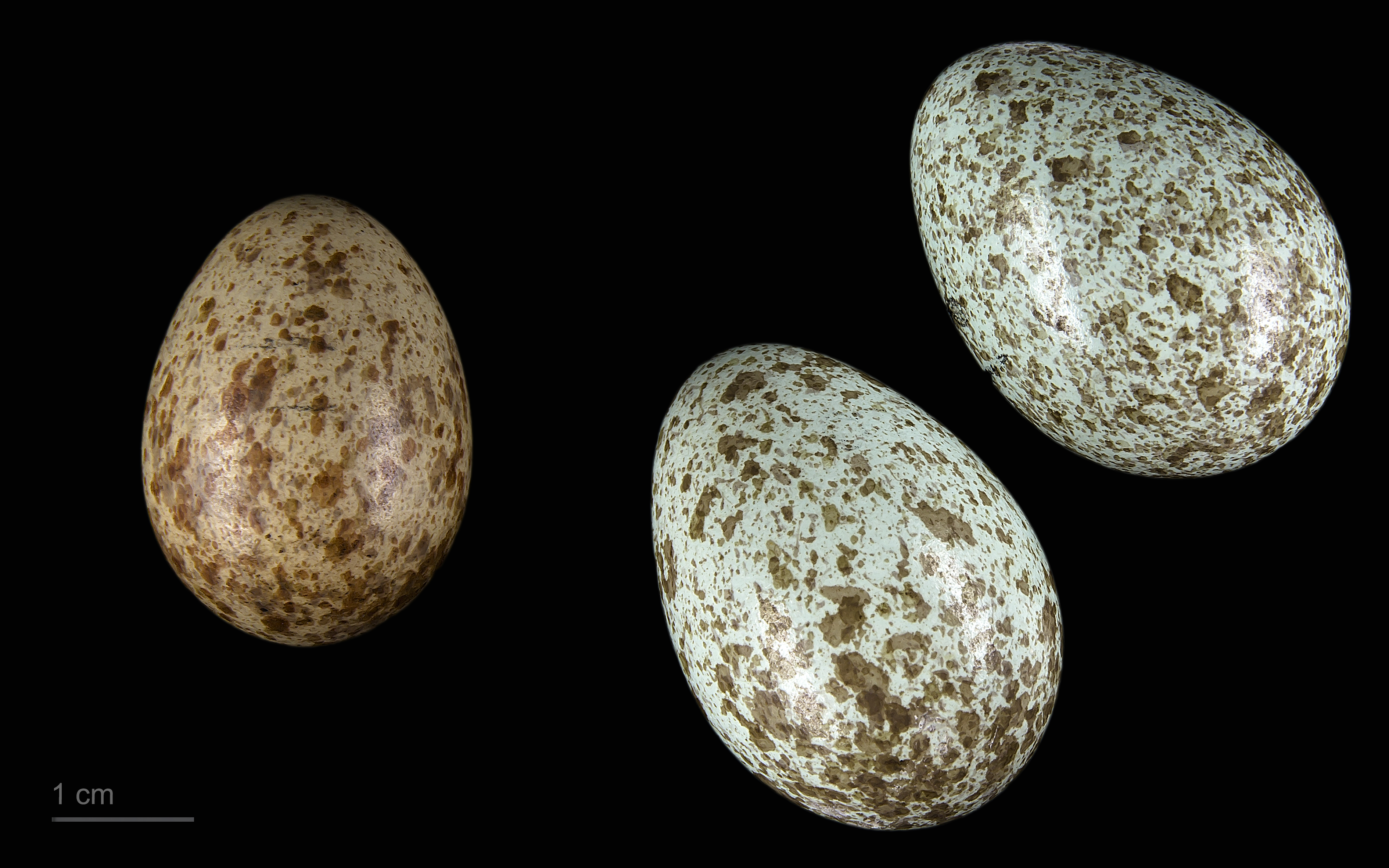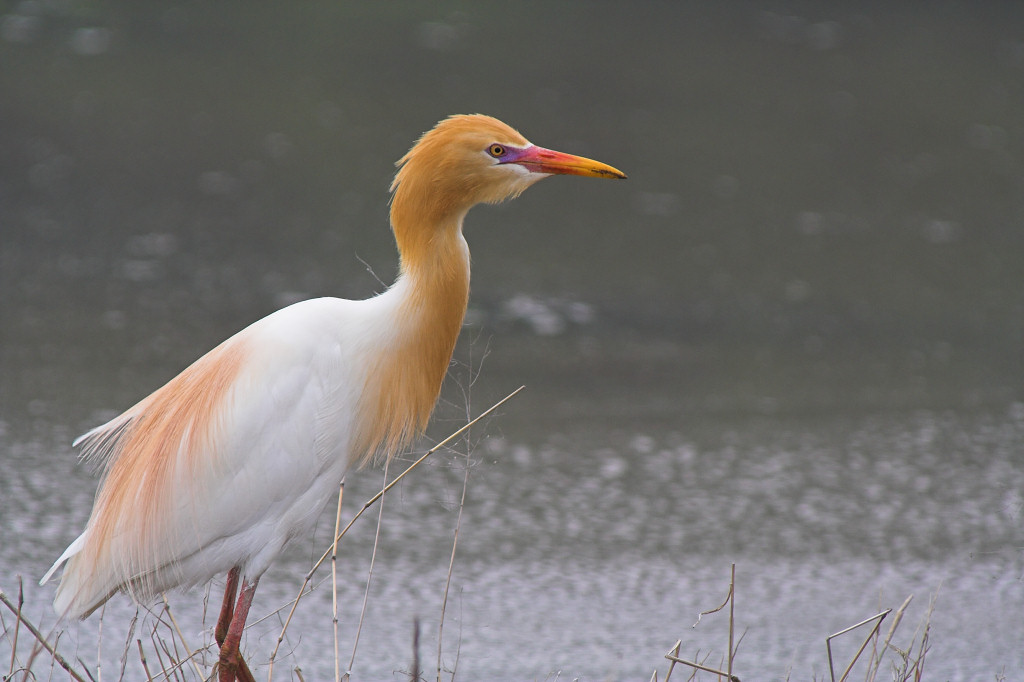|
Common Bird Monitoring Of India
The Common Bird Monitoring Program is a citizen science bird monitoring program of India. It is a pioneer project that aims to engage general public in the collection of baseline data on 18 common bird species. Data collected will be used to map species abundance and distribution throughout the Indian subcontinent. The program is an initiative of the Nature Forever Society, supported by the Jaypee Group. It was launched in the city of Mumbai on World Sparrow Day, 20 March 2012. Bombay Natural History Society (BNHS), Mumbai, launched its Common Bird Monitoring Program in 2015. BNHS follows a scientific methodology and recommends following the Line Transect Method. In this method the participant walks along a predetermined route at a fixed pace and records the birds on or near the line. The observations are recorded in a standard data sheet provided by BNHS. It is recommended that each site be visited thrice in a year covering three major seasons in India, summer, winter and mon ... [...More Info...] [...Related Items...] OR: [Wikipedia] [Google] [Baidu] |
Environmental Monitoring
Environmental monitoring describes the processes and activities that need to take place to characterize and monitor the quality of the environment. Environmental monitoring is used in the preparation of environmental impact assessments, as well as in many circumstances in which human activities carry a risk of harmful effects on the natural environment. All monitoring strategies and programs have reasons and justifications which are often designed to establish the current status of an environment or to establish trends in environmental parameters. In all cases, the results of monitoring will be reviewed, analyzed statistically, and published. The design of a monitoring program must therefore have regard to the final use of the data before monitoring starts. Environmental monitoring includes monitoring of air quality, soils and water quality. Air quality monitoring Air pollutants are atmospheric substances—both naturally occurring and anthropogenic—which may potentially ... [...More Info...] [...Related Items...] OR: [Wikipedia] [Google] [Baidu] |
White-throated Kingfisher
The white-throated kingfisher (''Halcyon smyrnensis'') also known as the white-breasted kingfisher is a tree kingfisher, widely distributed in Asia from the Sinai east through the Indian subcontinent to China and Indonesia. This kingfisher is a resident over much of its range, although some populations may make short distance movements. It can often be found well away from water where it feeds on a wide range of prey that includes small reptiles, amphibians, crabs, small rodents and even birds. During the breeding season they call loudly in the mornings from prominent perches including the tops of buildings in urban areas or on wires. Taxonomy The white-throated kingfisher is one of the many birds that were first formally described by the Swedish naturalist Carl Linnaeus in 1758 in the tenth edition of his ''Systema Naturae''. He coined the binomial name ''Alcedo smyrnensis''. Linnaeus cited Eleazar Albin's ''Natural History of Birds'' published in 1738 that included a descript ... [...More Info...] [...Related Items...] OR: [Wikipedia] [Google] [Baidu] |
Ashy Prinia
The ashy prinia or ashy wren-warbler (''Prinia socialis'') is a small warbler in the family Cisticolidae. This prinia is a resident breeder in the Indian subcontinent, ranging across most of India, Nepal, Bangladesh, eastern Pakistan, Bhutan, Sri Lanka and western Myanmar. It is a common bird in urban gardens and farmland in many parts of India and its small size, distinctive colours and upright tail make it easy to identify. The northern populations have a rufous rump and back and have a distinct breeding and non-breeding plumage while other populations lack such variation. Description These 13–14 cm long warblers have short rounded wings and a longish graduated cream tail tipped with black subterminal spots. The tail is usually held upright and the strong legs are used for clambering about and hopping on the ground. They have a short black bill. The crown is grey and the underparts are rufous in most plumages. In breeding plumage, adults of the northern population are a ... [...More Info...] [...Related Items...] OR: [Wikipedia] [Google] [Baidu] |
Red-vented Bulbul
The red-vented bulbul (''Pycnonotus cafer'') is a member of the bulbul family of passerines. It is a resident breeder across the Indian subcontinent, including Sri Lanka extending east to Burma and parts of Bhutan and Nepal. It has been introduced in many other parts of the world and has established itself in New Zealand, Argentina, Tonga and Fiji, as well as parts of Samoa, Australia, USA and Cook Islands. It is included in the list of the world's 100 worst invasive alien species. Taxonomy and systematics In 1760 the French zoologist Mathurin Jacques Brisson included a description of the red-vented bulbul in his ''Ornithologie'' based on a specimen that he mistakenly believed had been collected from the Cape of Good Hope in South Africa. He used the French name ''Le merle hupé du Cap de Bonne Espérance'' and the Latin ''Merula Cristata Capitis Bonae Spei''. The two stars (**) at the start of the section indicates that Brisson based his description on the examination of a spec ... [...More Info...] [...Related Items...] OR: [Wikipedia] [Google] [Baidu] |
Barn Swallow
The barn swallow (''Hirundo rustica'') is the most widespread species of swallow in the world. In fact, it appears to have the largest natural distribution of any of the world's passerines, ranging over 251 million square kilometres globally. It is a distinctive passerine bird with blue upperparts and a long, deeply forked tail. It is found in Europe, Asia, Africa and the Americas. In Anglophone Europe it is just called the swallow; in northern Europe it is the only common species called a "swallow" rather than a "martin". There are six subspecies of barn swallow, which breed across the Northern Hemisphere. Four are strongly migratory, and their wintering grounds cover much of the Southern Hemisphere as far south as central Argentina, the Cape Province of South Africa, and northern Australia. Its huge range means that the barn swallow is not endangered, although there may be local population declines due to specific threats. The barn swallow is a bird of open country that nor ... [...More Info...] [...Related Items...] OR: [Wikipedia] [Google] [Baidu] |
Indian Robin
The Indian robin (''Copsychus fulicatus'')Rasmussen & Anderton emend the species epithet from ''fulicata'' to ''fulicatus'' since ''Saxicola'' is masculine and the ''-oides'' ending is always masculine according to ICZN Code 30.1.4.4ICZN Code. See also is a species of passarine bird in the family Muscicapidae. It is widespread in the Indian subcontinent and ranges across Bangladesh, Bhutan, India, Nepal, Pakistan and Sri Lanka. The males of the northern subspecies have brown backs whose extent gradually reduces southwards, with the males of the southern subspecies having all-black backs. They are commonly found in open scrub areas and often seen running along the ground or perching on low thorny shrubs and rocks. The long tail is usually held up and the chestnut undertail coverts and dark body make them easily distinguishable from pied bushchats and Oriental magpie-robins. Taxonomy In 1760, the French zoologist Mathurin Jacques Brisson included a description of the Indian robin i ... [...More Info...] [...Related Items...] OR: [Wikipedia] [Google] [Baidu] |
House Crow
The house crow (''Corvus splendens''), also known as the Indian, greynecked, Ceylon or Colombo crow, is a common bird of the crow family that is of Asian origin but now found in many parts of the world, where they arrived assisted by shipping. It is between the jackdaw and the carrion crow in size ( in length) but is slimmer than either. The forehead, crown, throat and upper breast are a richly glossed black, whilst the neck and breast are a lighter grey-brown in colour. The wings, tail and legs are black. There are regional variations in the thickness of the bill and the depth of colour in areas of the plumage. Taxonomy The nominate race ''C. s. splendens'' is found in Pakistan, India, Nepal and Bangladesh and has a grey neck collar. The subspecies ''C. s. zugmayeri'' is found in the dry parts of South Asia and Iran and has a very pale neck collar. The subspecies ''C. s. protegatus'' is found in southern India, the Maldives (sometimes separated as ''maledivicus'') and Sri Lanka ... [...More Info...] [...Related Items...] OR: [Wikipedia] [Google] [Baidu] |
Cattle Egret
The cattle egret (''Bubulcus ibis'') is a cosmopolitan species of heron (family Ardeidae) found in the tropics, subtropics, and warm-temperate zones. It is the only member of the monotypic genus ''Bubulcus'', although some authorities regard its two subspecies as full species, the western cattle egret and the eastern cattle egret. Despite the similarities in plumage to the egrets of the genus ''Egretta'', it is more closely related to the herons of '' Ardea''. Originally native to parts of Asia, Africa, and Europe, it has undergone a rapid expansion in its distribution and successfully colonised much of the rest of the world in the last century. It is a white bird adorned with buff plumes in the breeding season. It nests in colonies, usually near bodies of water and often with other wading birds. The nest is a platform of sticks in trees or shrubs. Cattle egrets exploit drier and open habitats more than other heron species. Their feeding habitats include seasonally inundated gr ... [...More Info...] [...Related Items...] OR: [Wikipedia] [Google] [Baidu] |
Black Kite
The black kite (''Milvus migrans'') is a medium-sized bird of prey in the family Accipitridae, which also includes many other diurnal raptors. It is thought to be the world's most abundant species of Accipitridae, although some populations have experienced dramatic declines or fluctuations. Current global population estimates run up to 6 million individuals. Unlike others of the group, black kites are opportunistic hunters and are more likely to scavenge. They spend much time soaring and gliding in thermals in search of food. Their angled wing and distinctive forked tail make them easy to identify. They are also vociferous with a shrill whinnying call. The black kite is widely distributed through the temperate and tropical parts of Eurasia and parts of Australasia and Oceania, with the temperate region populations tending to be migratory. Several subspecies are recognized and formerly had their own English names. The European populations are small, but the South Asian popula ... [...More Info...] [...Related Items...] OR: [Wikipedia] [Google] [Baidu] |
Rock Dove
The rock dove, rock pigeon, or common pigeon ( also ; ''Columba livia'') is a member of the bird family Columbidae (doves and pigeons). In common usage, it is often simply referred to as the "pigeon". The domestic pigeon (''Columba livia domestica'', which includes about 1,000 different breeds) descended from this species. Escaped domestic pigeons have increased the populations of feral pigeons around the world. Wild rock doves are pale grey with two black bars on each wing, whereas domestic and feral pigeons vary in colour and pattern. Few differences are seen between males and females. The species is generally monogamous, with two squabs (young) per brood. Both parents care for the young for a time. Habitats include various open and semi-open environments. Cliffs and rock ledges are used for roosting and breeding in the wild. Originally found wild in Europe, North Africa, and western Asia, pigeons have become established in cities around the world. The species is abundant, ... [...More Info...] [...Related Items...] OR: [Wikipedia] [Google] [Baidu] |



_nest_in_Anantgiri%2C_AP_W_IMG_8900.jpg)

_in_Kawal%2C_AP_W_IMG_2031.jpg)



